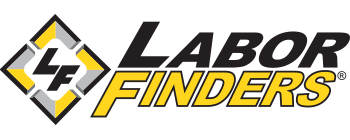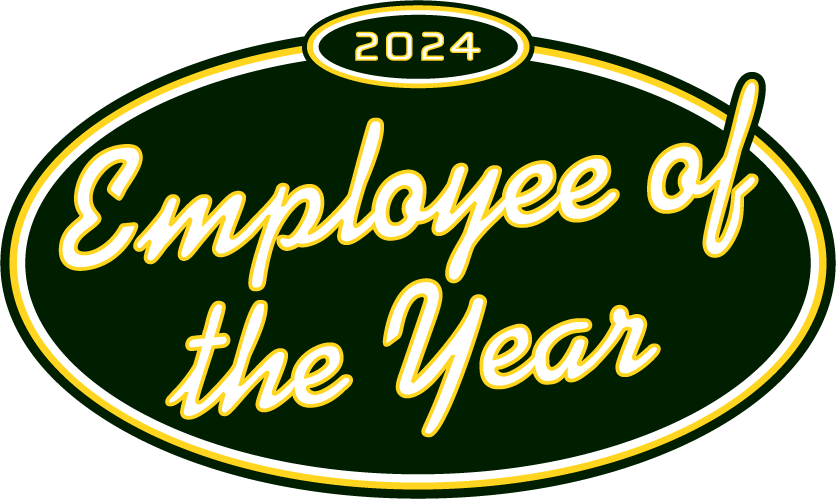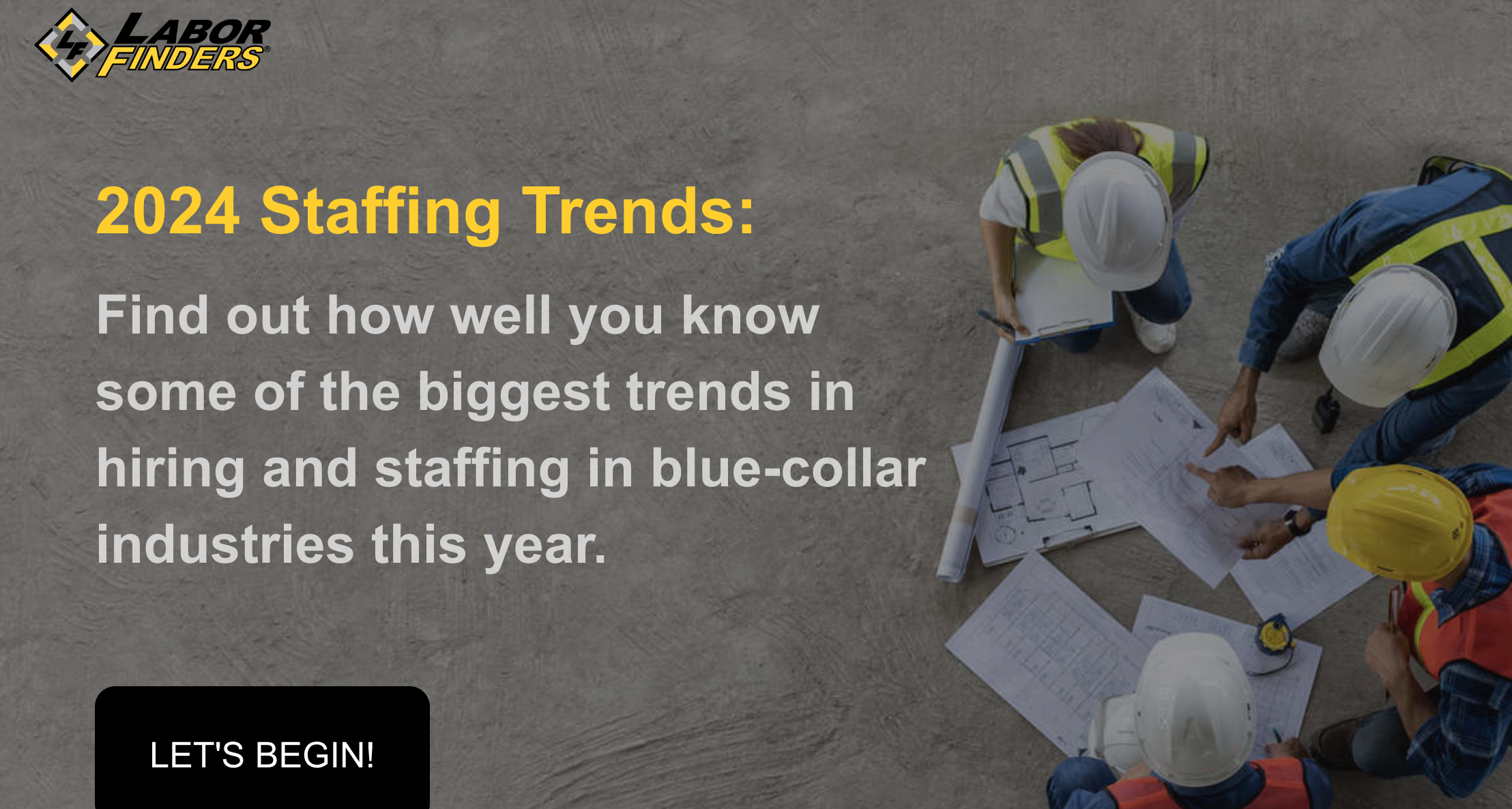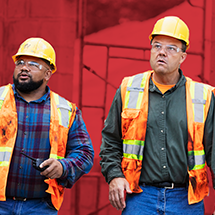-
Job Seekers
X
Job Seekers
Whether you're looking for a temp job or a permanent career, Labor Finders has you covered!
-
Explore
- How it works
- Industries
- Blog
- Locations
- Job Search
You May Also Be Interested In

2024 Employee of the Year
Learn more about our amazing Employee of the Year
-
-
Employers
X
Employers
Let us help you find the workers you need, when you need them.
You May Also Be Interested In

2024 Staffing Trends Quiz
Construction Staffing Trends Quiz
-
Industries
X
Employer Industries
Ready to staff your next project? Our staffing experts has the knowledge and the workers to cater to your unique staffing needs.
In this Section:
Job Seeker Industries
From construction to waste management, we have job openings in whatever industry you’re interested in.
In this Section:
-
About
X
About You
Getting matched to the right job, gaining the flexibility you want, making an impact in your community - at Labor Finders, it’s all about you!
-
You may also be interested in
- About Us
- Job Search Results
- Find an Office
- How it works
- Blog
About Us
With almost 200 offices nationwide, we’ve been putting people back to work for over 40 years. See why we’re a leader in the blue-collar staffing industry.
-
You may also be interested in
- About Us
- Media Center
- Video Library
- Leadership Team
- Careers
- In The Community
- History
-
- Location
Safety
What you Need to Know About Combustible Dust
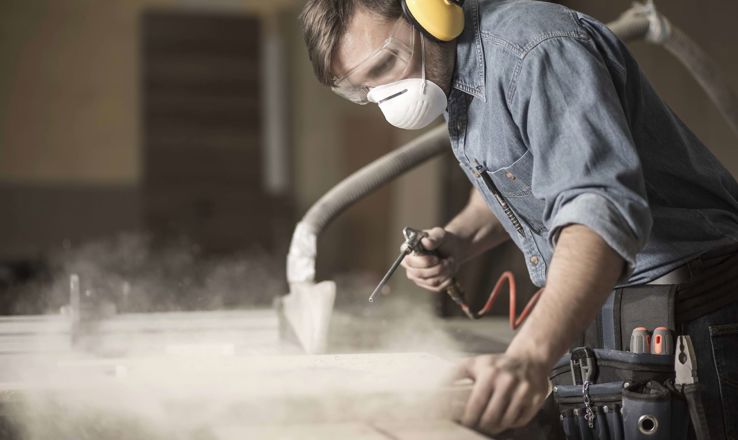
The Chemical Safety Board, an independent federal agency created to investigate chemical accidents on the job, reported that there were 281 incidents involving combustible dust between 1980 and 2005. In that time frame, these accidents killed 119 workers and injured 718 along with extensive damage to the plants and facilities they were working in. So what is combustible dust and how can we stay safe as workers? Here’s what you need to know.
What Is Combustible Dust?
Dust in general is commonplace in a variety of industries and blue-collar workplaces. It’s created as a result of handling, processing, shaping, blasting, cutting, mixing and sifting materials. Dust that is combustible is no different in that respect, however the dust that falls into this category can catch fire and explode under the right conditions. Materials such as aluminum, charcoal and various types of plastics can create this type of dust. It can also be created from food materials such as sugar, wood flour and spice powders. Where can you find combustible dust in a plant or factory? On equipment, suspended ceilings, air ducts and crevices. So how can this seemingly harmless dust cause a major workplace accident?
How Dust Explosions Happen
Grain elevators, chemical manufacturing plants and recycling facilities are just a few of the places where dust explosions have happened. As we mentioned before, these explosions happen under certain conditions. Besides the presence of dust, there needs to be an ignition source (think sparks and friction) and oxygen in the air, resulting in a fire. For the fire to turn into an explosion there has to be a sufficient amount of dust circulating in the air and a confined space such as a room or a piece of equipment to keep in the dust cloud. When all of these six elements are in place, a dust explosion occurs.
How You Can Protect Yourself
Knowing what combustible dust is and how it can be hazardous in the workplace is the first step in staying safe. Because this dust accumulates on flat surfaces, avoid having them in a workplace so they don’t have a place to settle. If you do need to clean up this dust, don’t use brooms or compressed air hoses. Instead, use a vacuum that’s made specifically for eliminating combustible dust. Keeping heavy equipment in good working order is also important. Things like worn parts can cause unnecessary friction and heat that can ignite the dust and start a fire. Another good safety measure is making sure the work site has (and maintains) the right ventilation equipment.
From temporary warehouse jobs to permanent heavy equipment mechanic jobs, Labor Finders has you covered! Click here to find open positions near you.

